Pine Needles appears to have gone through a few iterations over the past few decades but I think that with the latest version, a 2018 restoration by Kyle Franz (who also did Mid Pines across the street), they can stop and be completely satisfied with what they have. This is an excellent golf course; unlike the other Ross courses in the area, it wanders over a very large piece of property and has great variety of terrain. There’s also a bit more variety in the design than at Mid Pines or no. 2. Some of the fairways are wide, some narrow. Some of the greens are quite large, some smaller. Most holes are hilly, but some are flat. I think that the greens have more interesting surface contours than no. 2 or Mid Pines and some of the complexes have edges reminiscent of no. 2. The variety gives this course the edge for me over Mid Pines as the second-best of the courses that I’ve played in the area (no. 2, no. 4, no. 8, Mid Pines, Tobacco Road).
The par 5 first in one of my favorite par 5s in the area and is a strong competitor with the opener at no. 2 for best opening hole. There are staggered left and right fairway bunkers and the aggressive drive will challenge the right one. You’ll be able to go for the green off a good drive but again, staggered bunkers on the approach demand accuracy. The green is excellent—very reminiscent of something you’d find on no. 2.
The par 5 first in one of my favorite par 5s in the area and is a strong competitor with the opener at no. 2 for best opening hole. There are staggered left and right fairway bunkers and the aggressive drive will challenge the right one. You’ll be able to go for the green off a good drive but again, staggered bunkers on the approach demand accuracy. The green is excellent—very reminiscent of something you’d find on no. 2.
The long par 4 second is another beauty. You’ll want to skirt the bunkers on the right because you can run out of room if you go down the left. Also, the green and its approach slope left to right, so it’ll be easier to control your approach from the right side. The green is larger than what you’ll find at no. 2 and Mid Pines.
The short par 3 third over a small pond has always been the course’s signature hole. It’s a very nice par 3, but even with the restoration, I wouldn’t identify it as a standout beauty-wise.
The par 4 fourth reminds me a little bit of the fourth across the street at Mid Pines, but with the tee moved about 80 yards to the left. That means that instead of playing into the slope as you do there, you’re playing along it. The hole curves left and the fairway slopes right, making this a tough driving hole. There’s room out to the right, but for not a long par 4, your (uphill) approach can be quite long if you hit a weak one to the right. The angle and size of the green aren’t as exacting as its counterpart across the street.
Five is a medium-long par 3 to a very steep, back-to-front pitched green. The pin was in the front and from six feet past the hole, I putted off the front of the green. While that’s silly, I wouldn’t blame Donald Ross for it—they either shouldn’t put the pin there or they should keep the greens a bit slower.
Six is a nice up-and-over long par 4, where you drive over the crest of a hill. Drive placement isn’t so important, but it is important to hit a long drive to leave a shorter approach to this large and challenging green.
The medium length par 4 seventh is an easier driving hole than it appears. If you can get it past the bunker on the right, the fairway is wide open. But it’s best to go over the edge of the left fairway bunker because the hole bends left. Again, the green is large and has a lot of interior contour—I think that this might green might have the most interior contour of any of the Ross courses that I’ve played in the area.
Eight exemplifies the variety at Pine Needles. After several holes of playing up and over broad slopes, here we drive into a fairly narrow valley. This time, accuracy is more important than distance. The green is smaller and the setting more intimate than what we’ve encountered so far.
The variety continues at the ninth, which isn’t a particularly interesting driving hole, but has one of the most interesting greens on the course. It’s large, heavily contoured, and has a large trench starting in the front right, running along the right side and to the back.
The par 5 tenth is one of two sharp doglegs to the left (seventeen is the other). It’s a simple drive if you don’t mind playing it as a three shot hole. But if you want to try for the green in two, you’ll have to skirt or carry the left fairway bunkers. The lay up is a challenge because the fairway slopes left and there are staggered bunkers, first right then left.
The par 4 eleventh is downhill to the widest fairway on the course. The fairway does come in a bit on the right at about 250 yards, so long hitters should aim left. But it’s all about the green, which is small and elevated. Anything short or right will run off.
Twelve features another of my favorite features, the up-and-over blind drive. The bunker off the tee shouldn’t come into play and the fairway is pretty wide over the hill. The approach traverses and the green hangs on a right-to-left slope, a bit like the fifth green on no. 2. Left pins are very dangerous because if you go at one, there’s a good chance that the slope of the ground will carry your ball left down a slope or into a bunker.
Whatever its playing virtues, the downhill par 3 thirteenth is a beautiful piece of landscape architecture. The green slopes right-to-left and there are some interesting ridges in the left side of the green that’ll mess with your pitch if you pull it left. If there must be a signature hole, I’d vote for this one.
Fourteen is a very tough par 4 that doglegs right around the twelfth and thirteenth holes (fortunately there’s good tree protection). Although the fairway bunkers are on the right side, you want to drive to the outside of the dogleg on the left—the front left of the green is open and there’s a green side bunker front right.
Fifteen is a par 5 with bunkers staggered seemingly down its entire length. There’s plenty of room off the tee but the hole narrows on the approach, with a bunker cutting in on the right about 100 yards short of the green. The green is open in front and fairly flat, but there’s a tricky little dip behind it if you go long.
Sixteen is another very nice par 3. This section of the course is flat, but Franz has roughed up the area between the tee and green, so it’s very pretty. The green has a no. 2 edge in the back that will carry your ball at least 25 feet away from the green if you go long.
Seventeen is the other sharp dogleg left and is the most awkward hole on the course. It’s only about a 235 yard carry over the bunker on the corner, but it’s easy to catch the trees if you pull it just slightly on this line. This would be a good hole to hit a big hook, if you’re capable of that. If you’re in the right side of the fairway, it’s going to be very difficult to reach the green. The green is big and flat, but with interesting no. 2 edges right and long.
Apparently the final hole at Pine Needles was originally the first, which makes sense because it’s a medium-length par 4 of the type that Ross liked to start with. It looks like the left fairway bunker is new (you can see the Franz version on Google Maps and the previous version on Google Earth) and if you skirt or carry it, you can get pretty close to the green. The downhill approach to the green is very attractive and not too strenuous.
As with neighboring Mid Pines, I think that my expectations coming in were a little bit lower than they should have been, but that only made me enjoy it more. Pine Needles is a very good golf course. As with both no. 2 and Mid Pines, it’s an excellent challenge for the good player, but still very playable for the higher handicap. And I think that there’s quite a bit more variety here than on either no. 2 or Mid Pines.
In fact, a good way to describe Pine Needles is as a cross between no. 2 and Mid Pines. Many greens are reminiscent of those on no. 2, but the green surfaces are more varied in terms of size and undulating. I can imagine a lot of people preferring these greens to no. 2, although I definitely wouldn’t count myself among them. The rolling terrain creates some of the variety off the tee that you find at Mid Pines. But there’s greater variety of width off the tee here than at Mid Pines and a few semi-blind drives, which that course doesn’t really have. But regardless of how you assess its relative merits, Pine Needles is a must-play and is worth the trip to the North Carolina sandhills in its own right.
In fact, a good way to describe Pine Needles is as a cross between no. 2 and Mid Pines. Many greens are reminiscent of those on no. 2, but the green surfaces are more varied in terms of size and undulating. I can imagine a lot of people preferring these greens to no. 2, although I definitely wouldn’t count myself among them. The rolling terrain creates some of the variety off the tee that you find at Mid Pines. But there’s greater variety of width off the tee here than at Mid Pines and a few semi-blind drives, which that course doesn’t really have. But regardless of how you assess its relative merits, Pine Needles is a must-play and is worth the trip to the North Carolina sandhills in its own right.
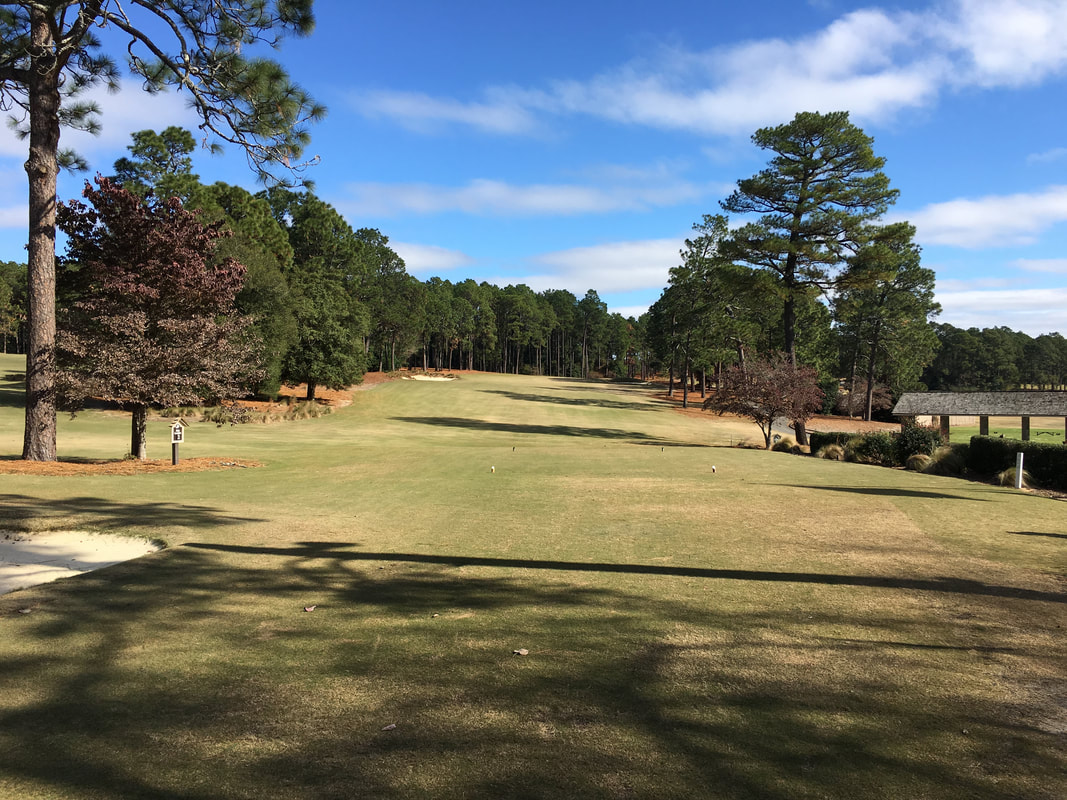
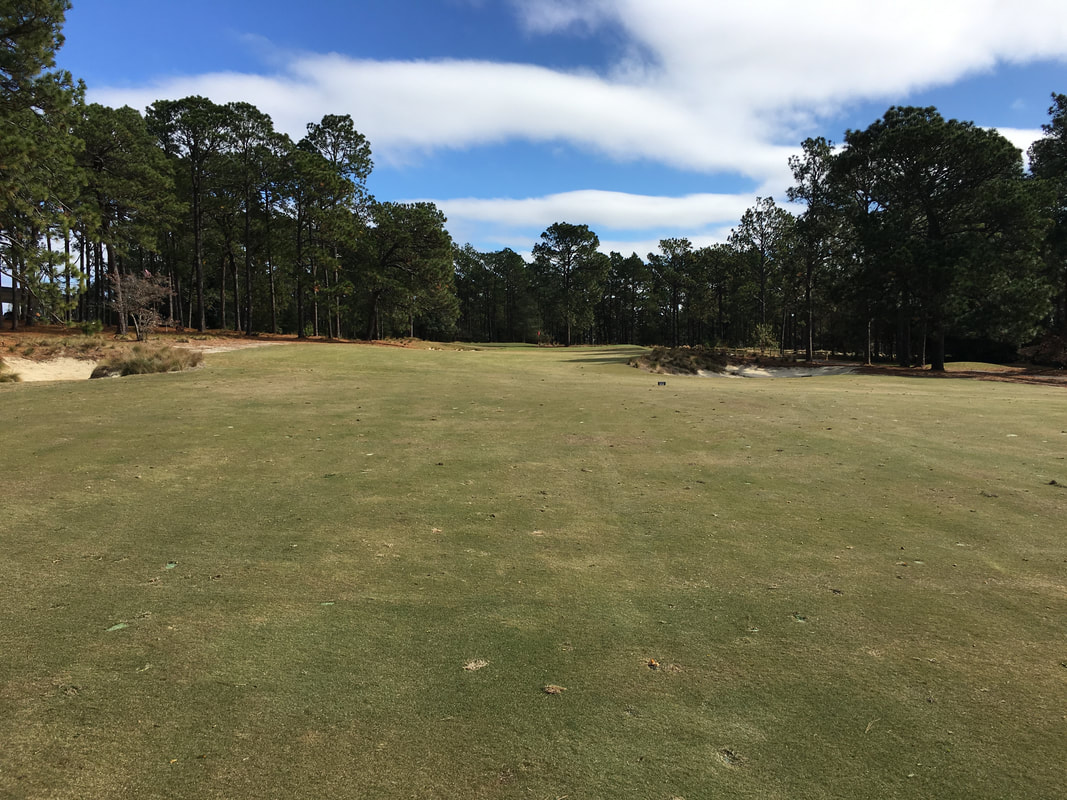
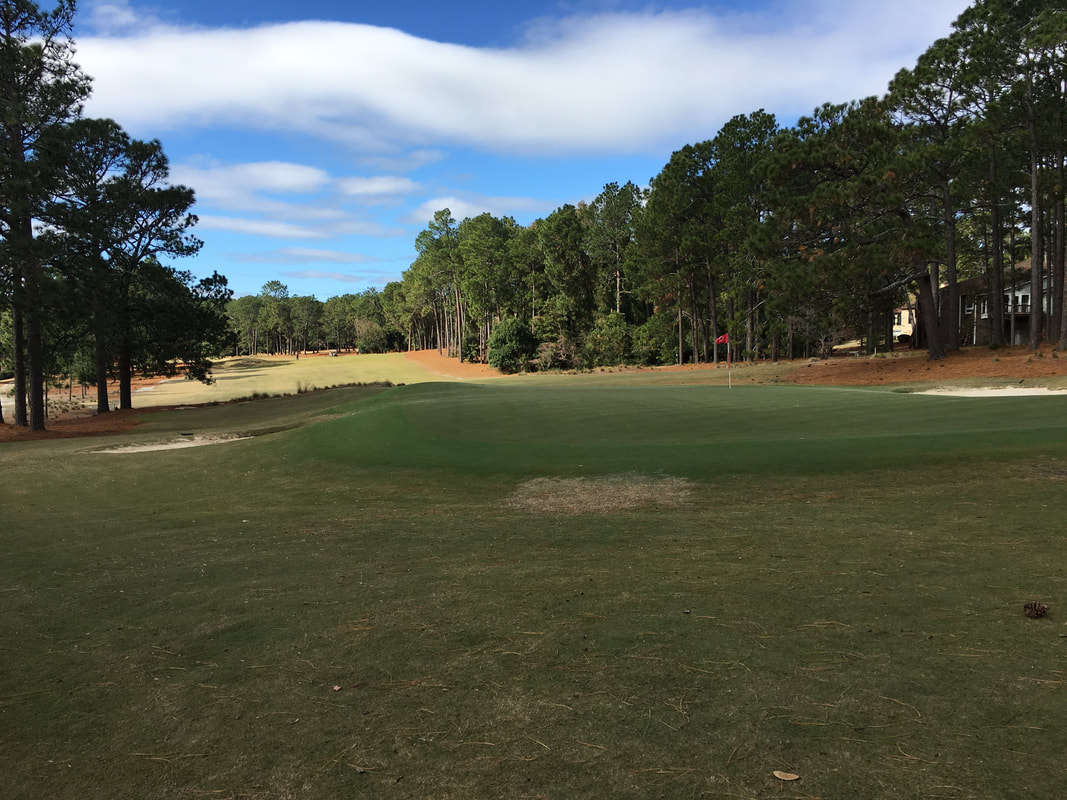
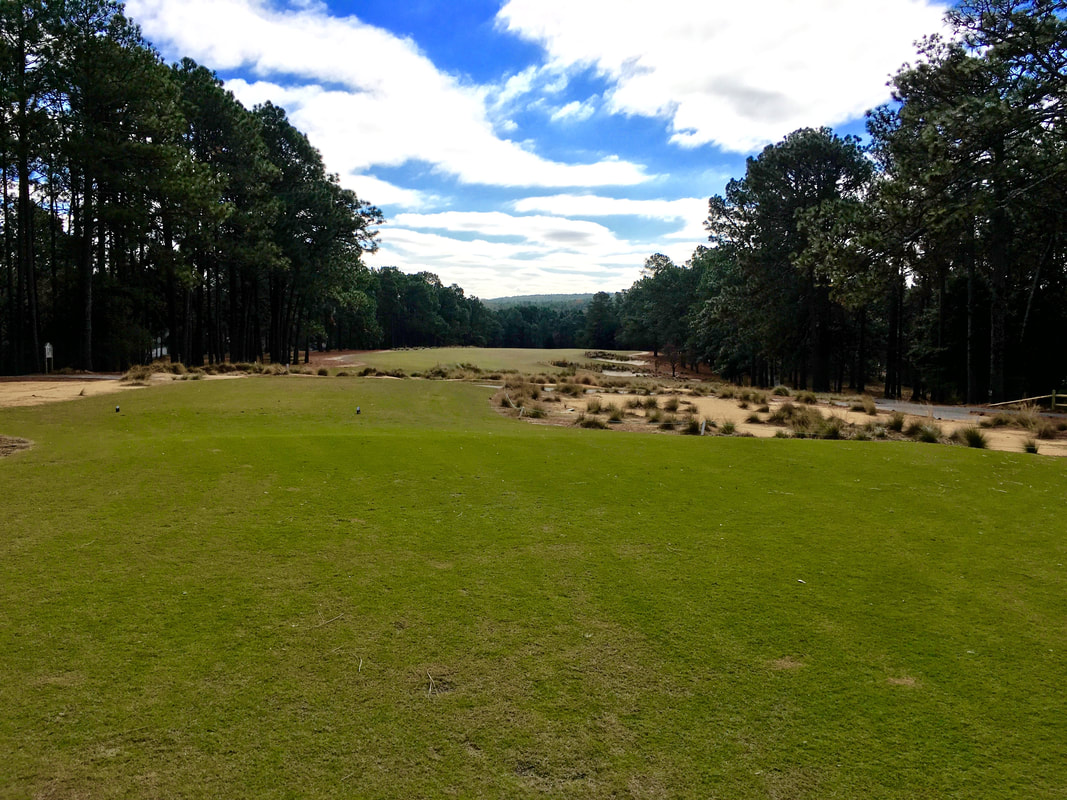
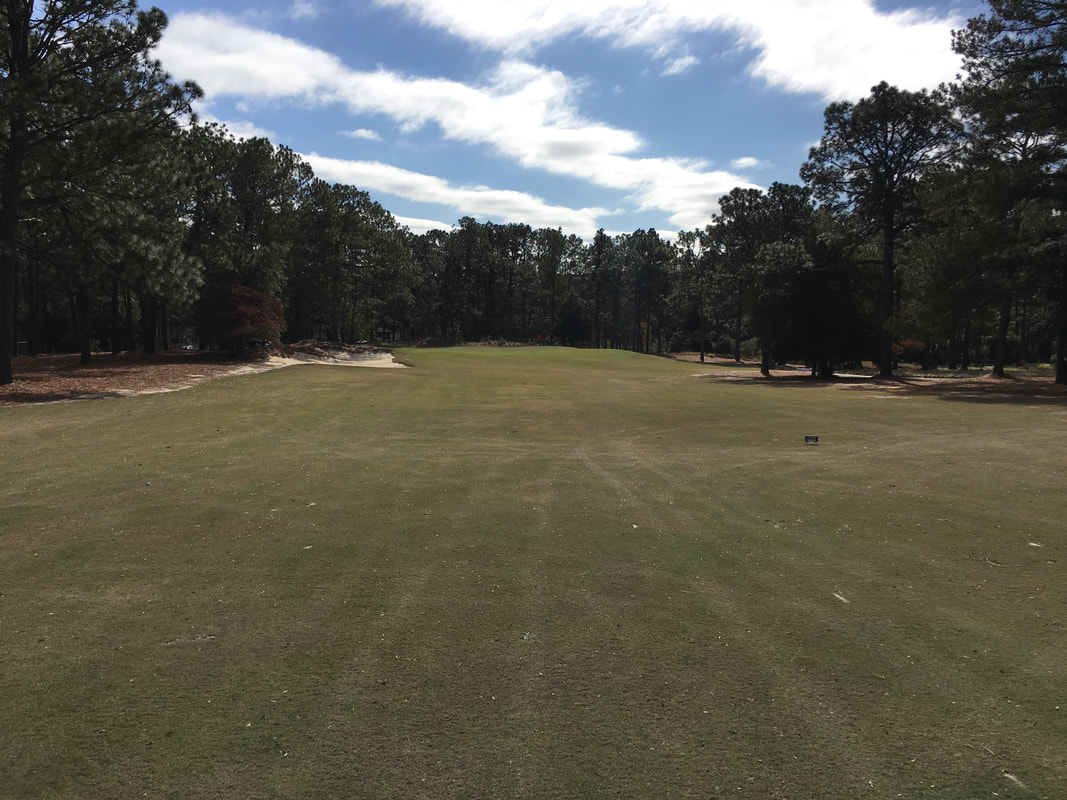
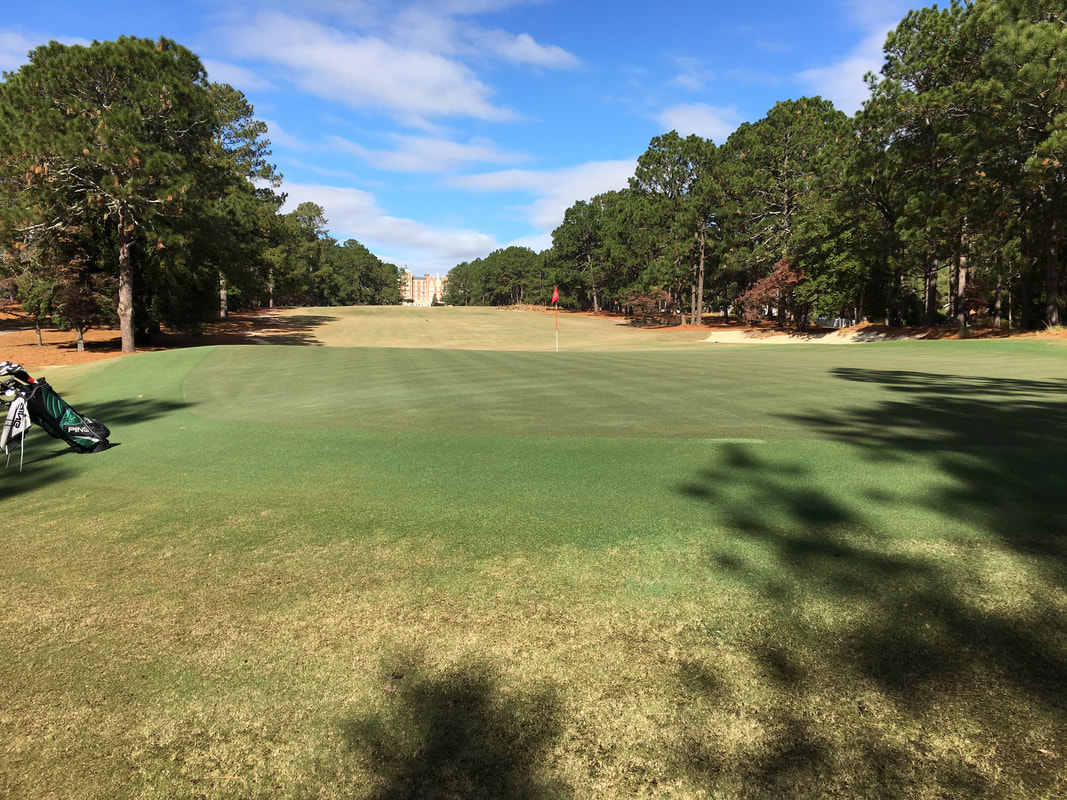
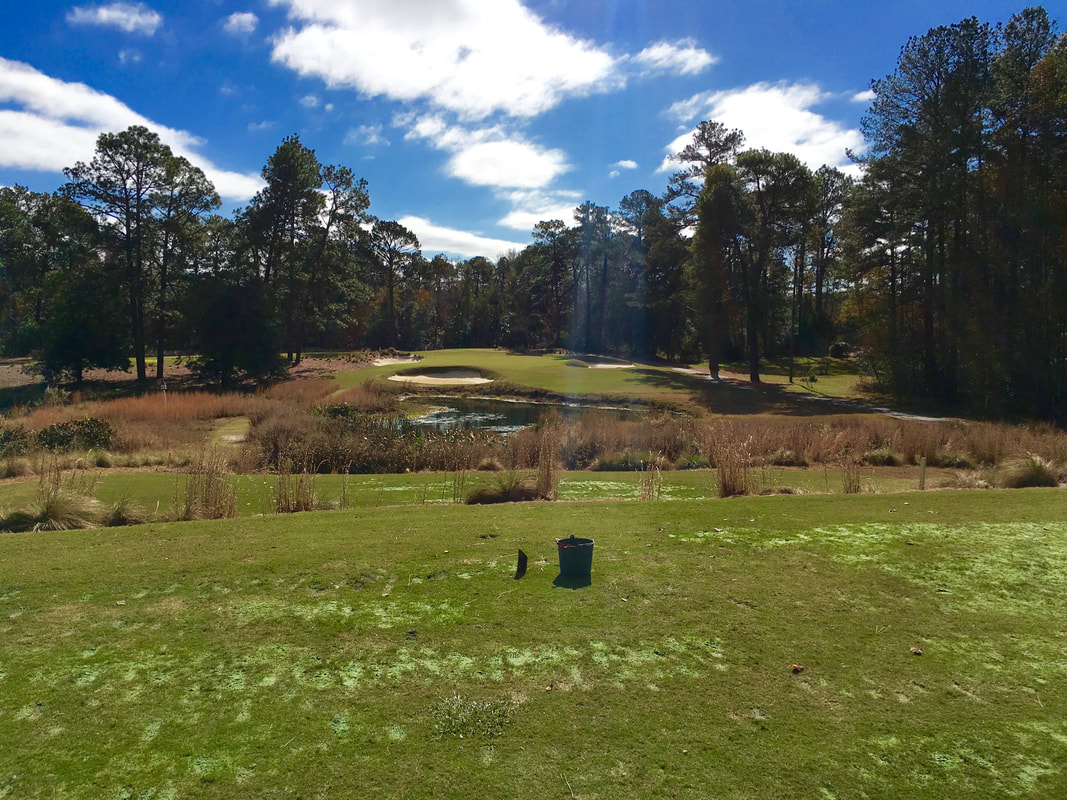
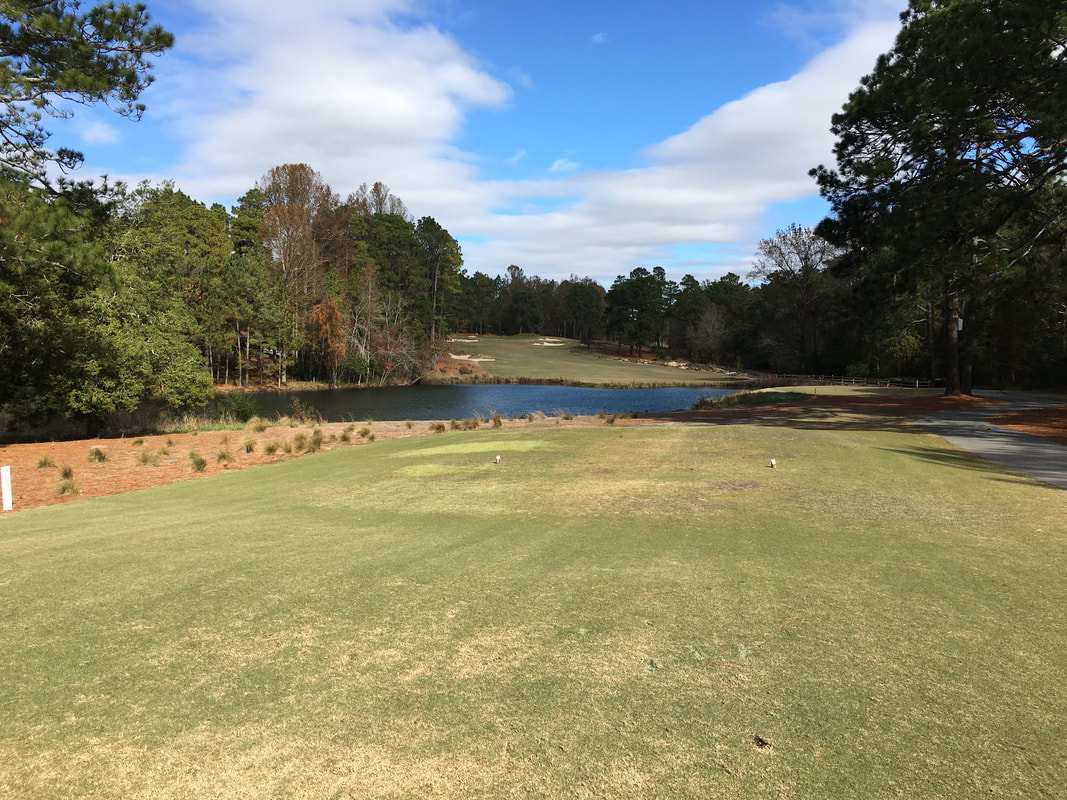
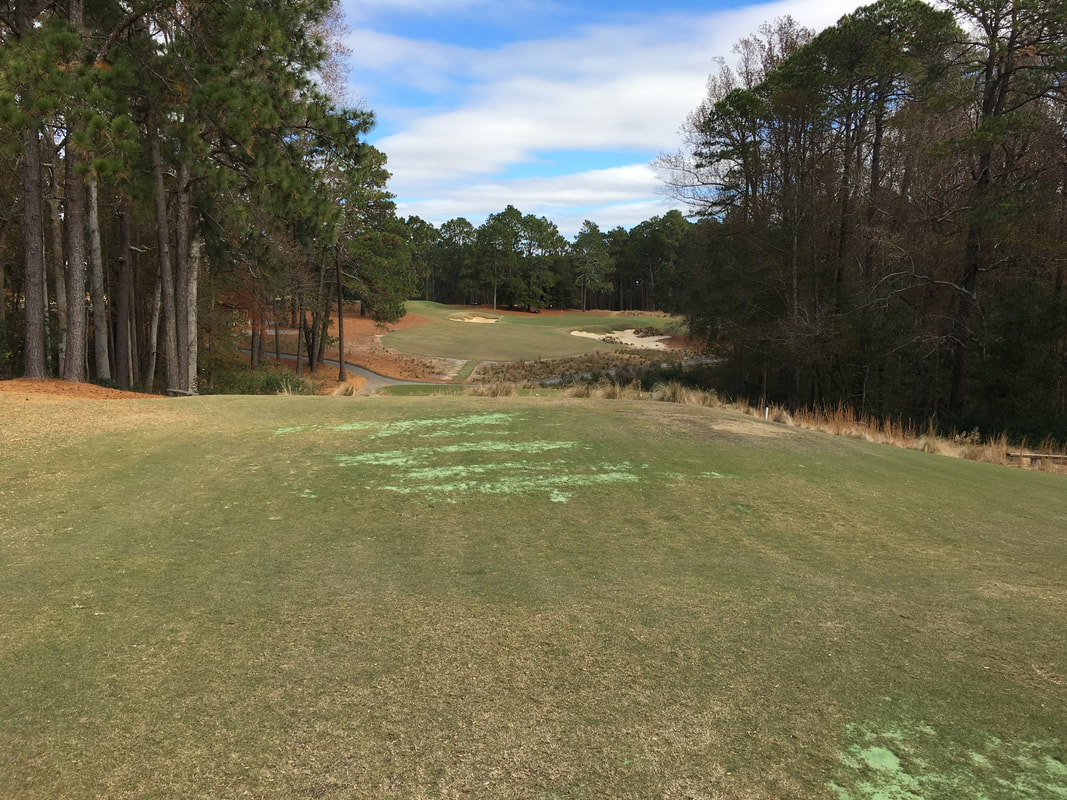
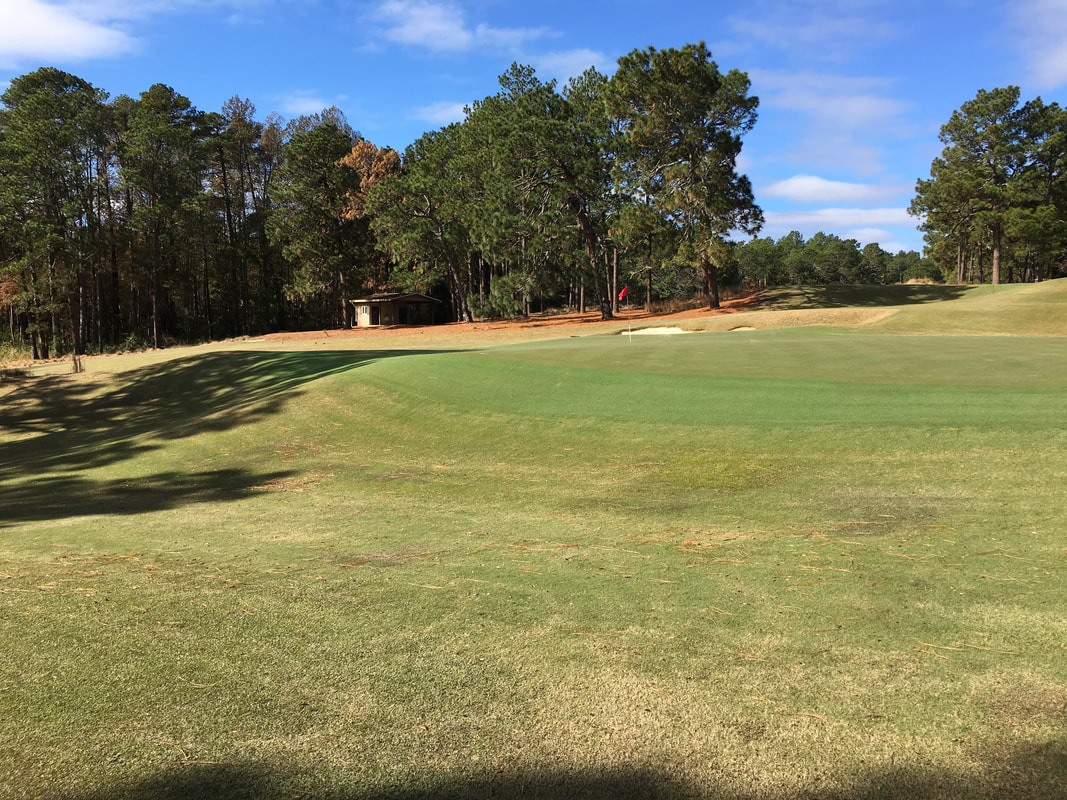
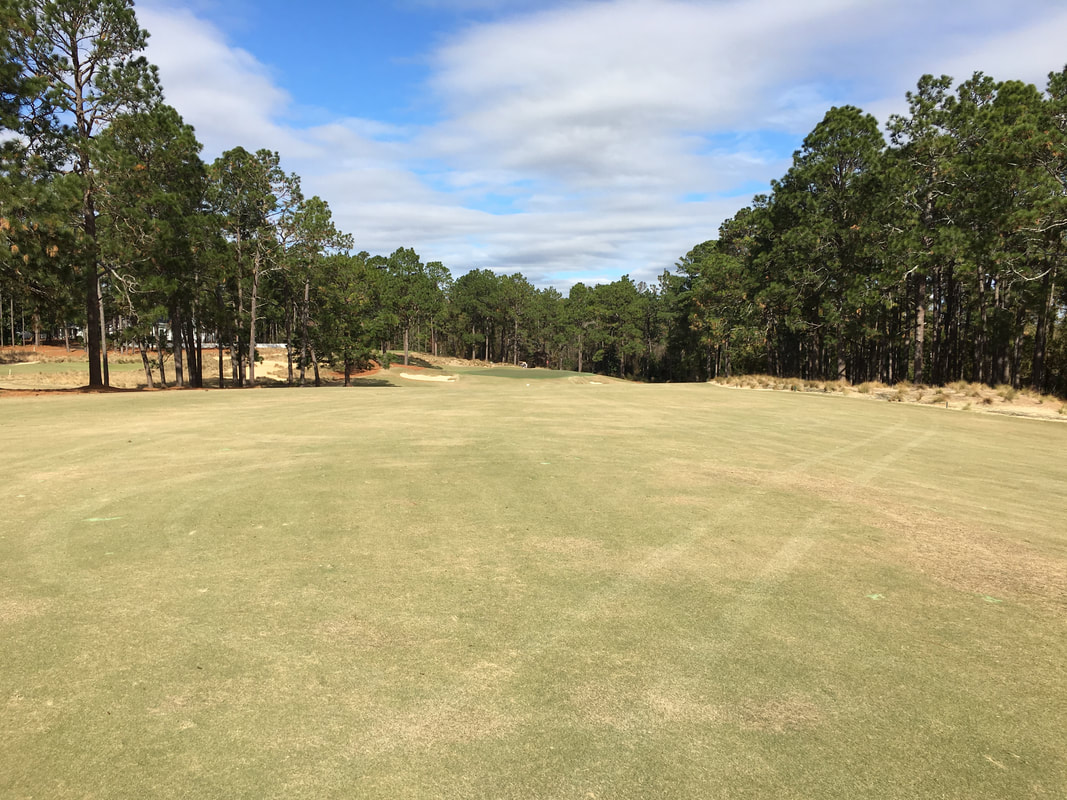
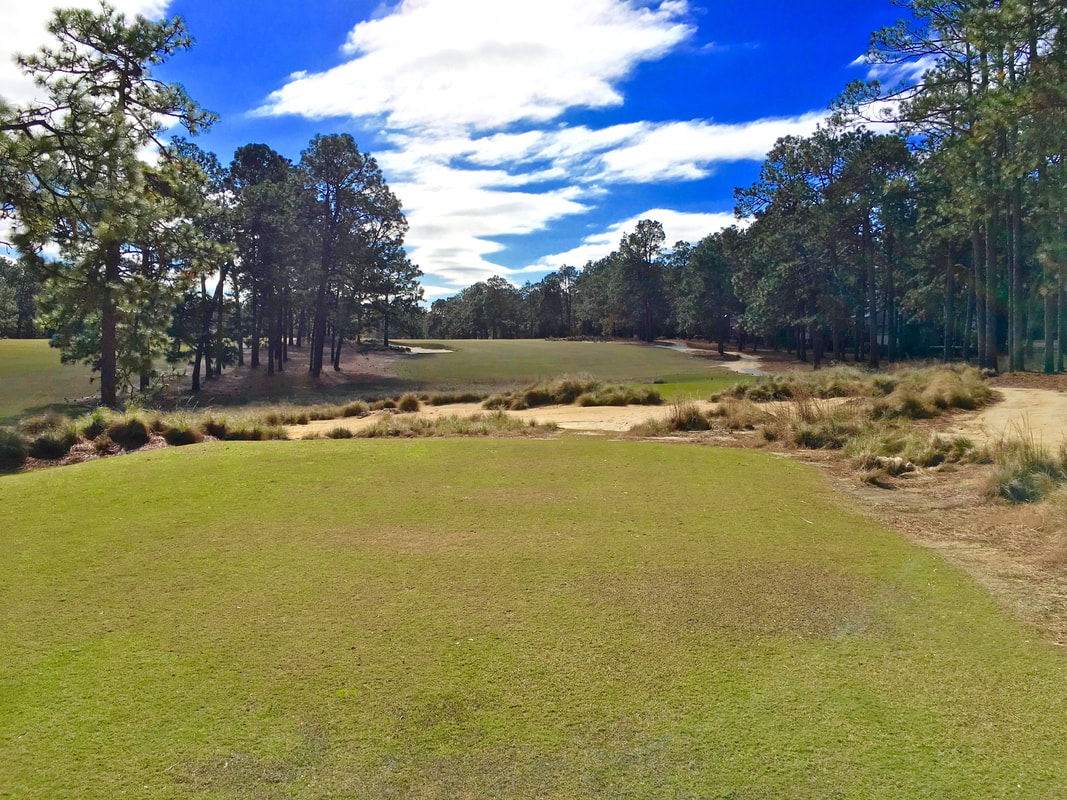
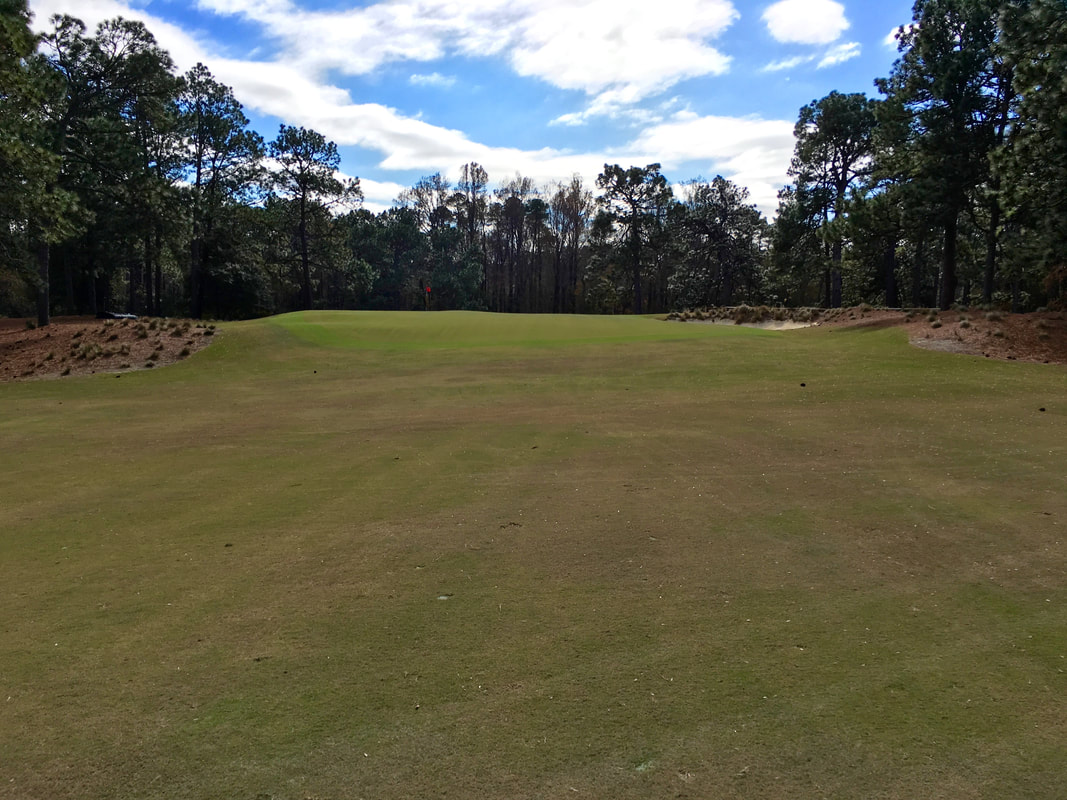
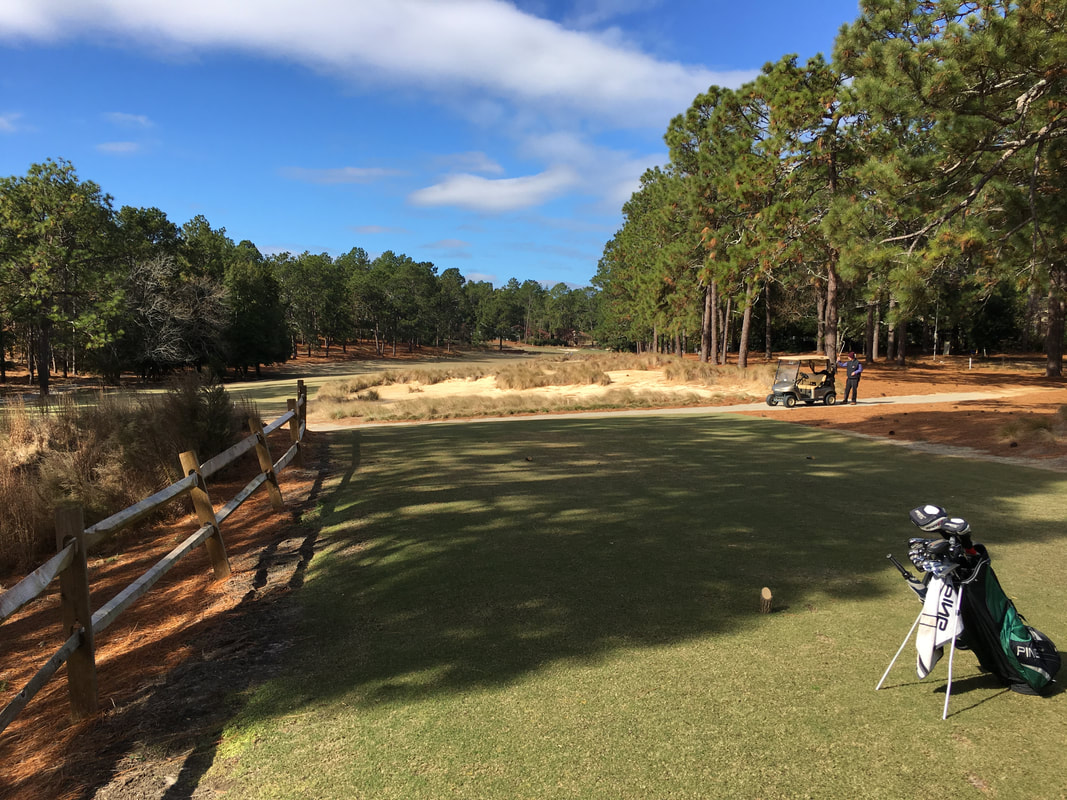
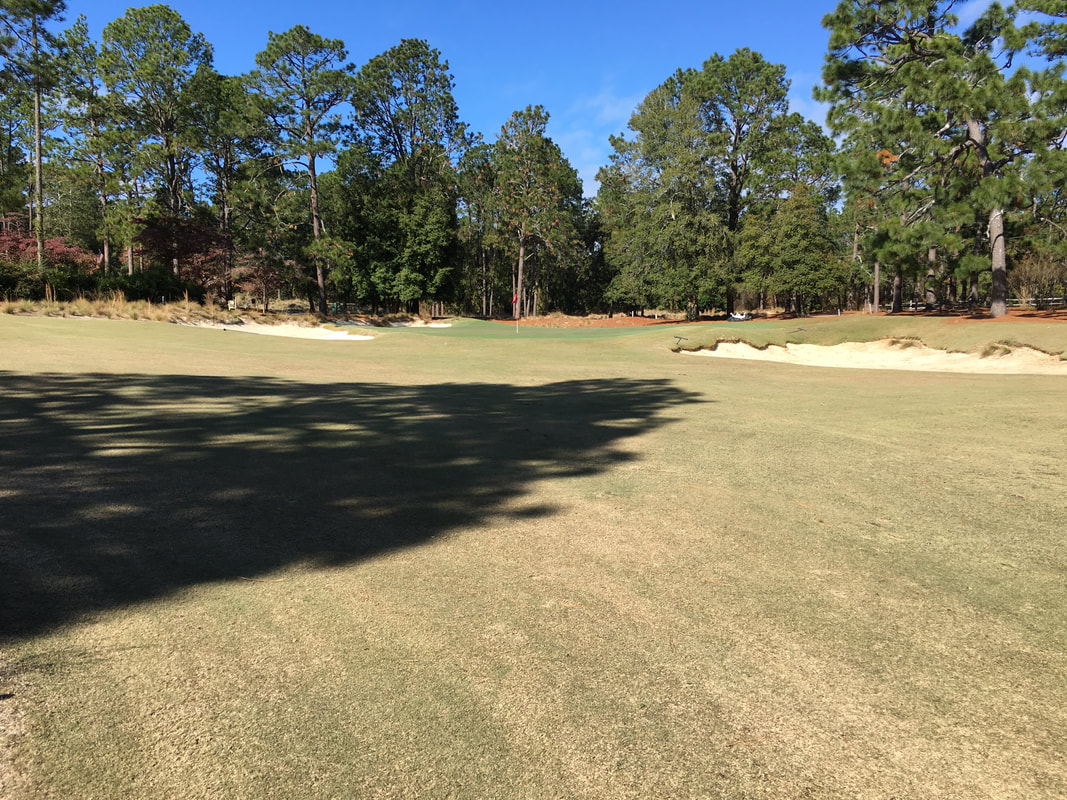
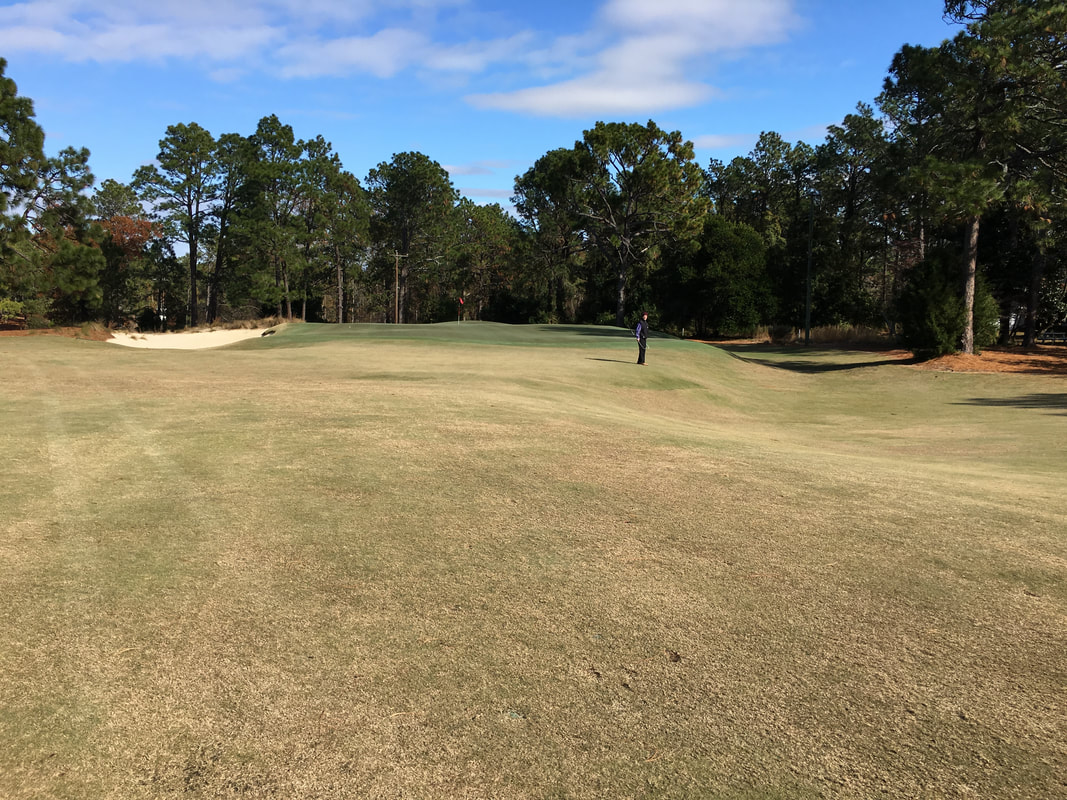
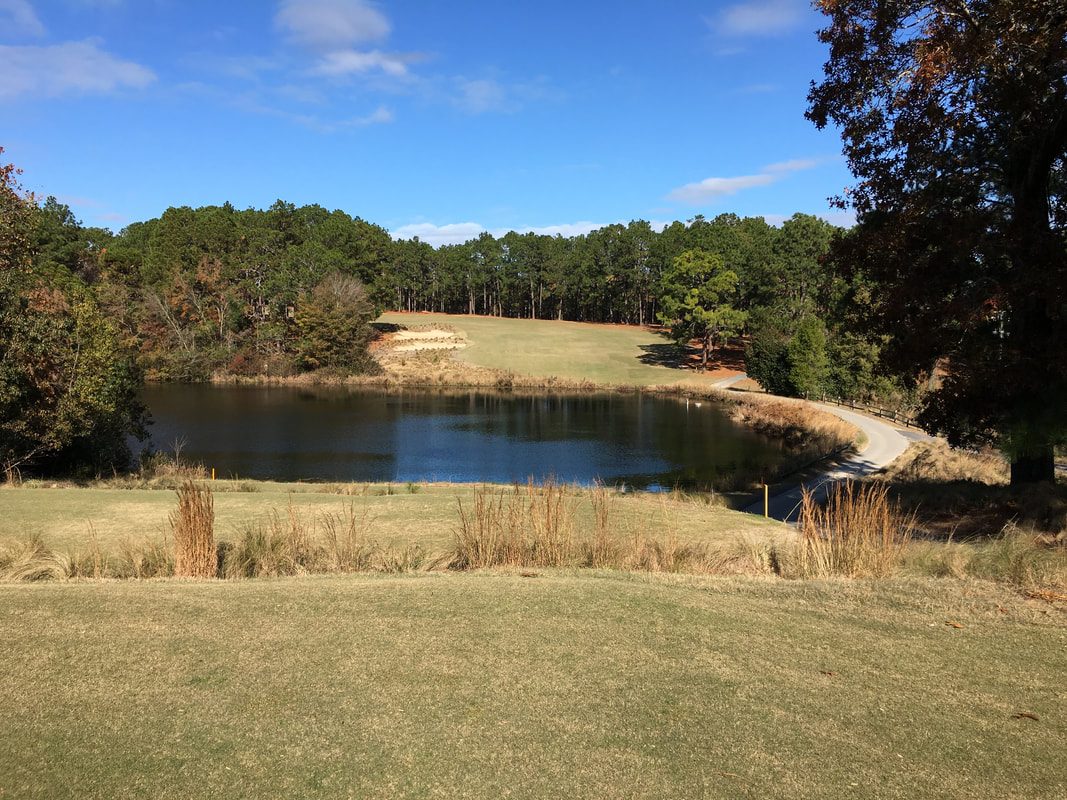
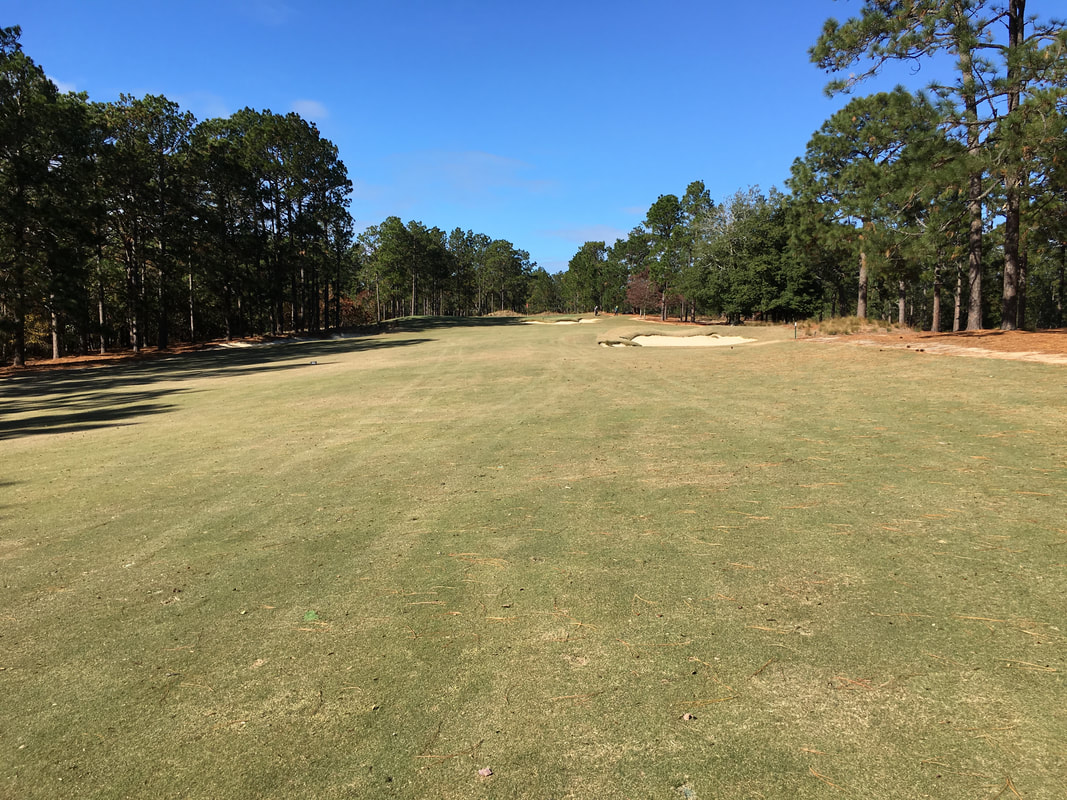
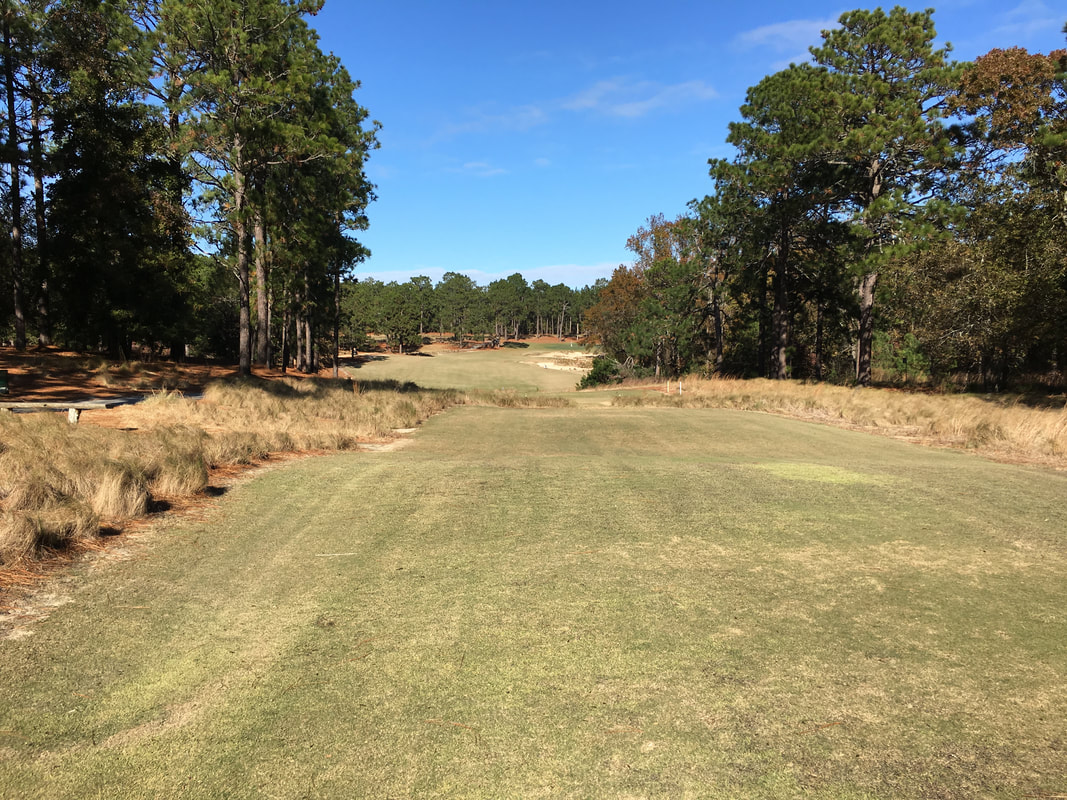
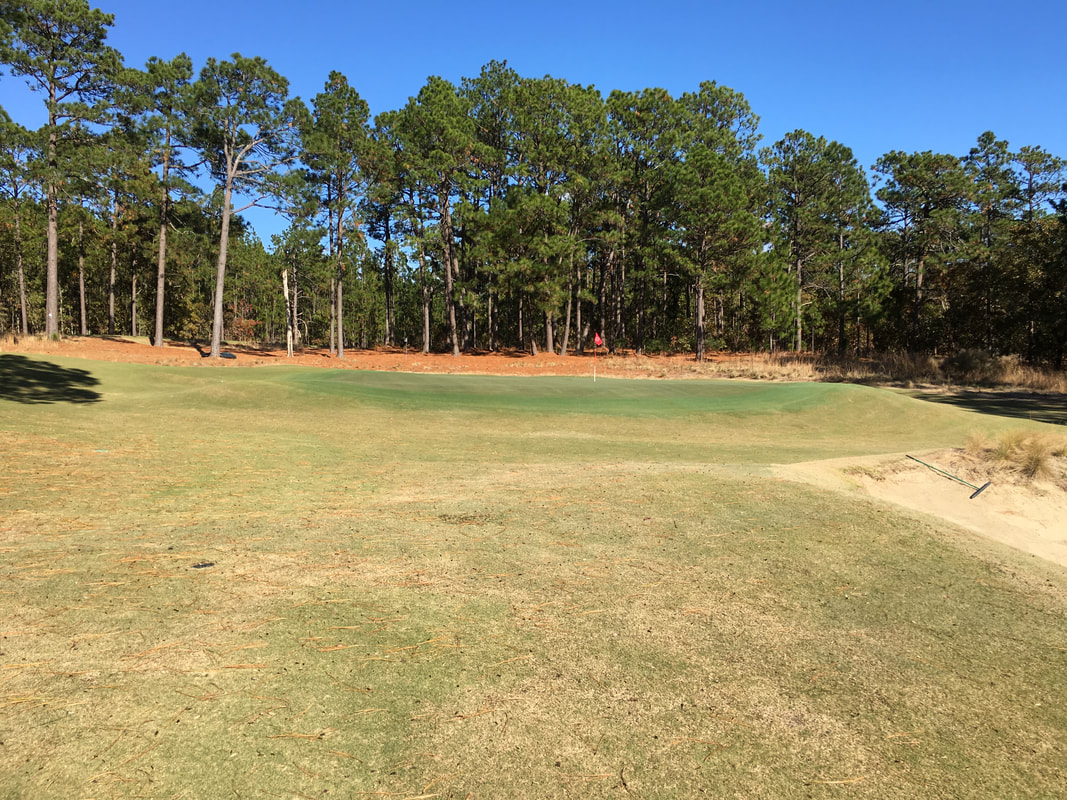
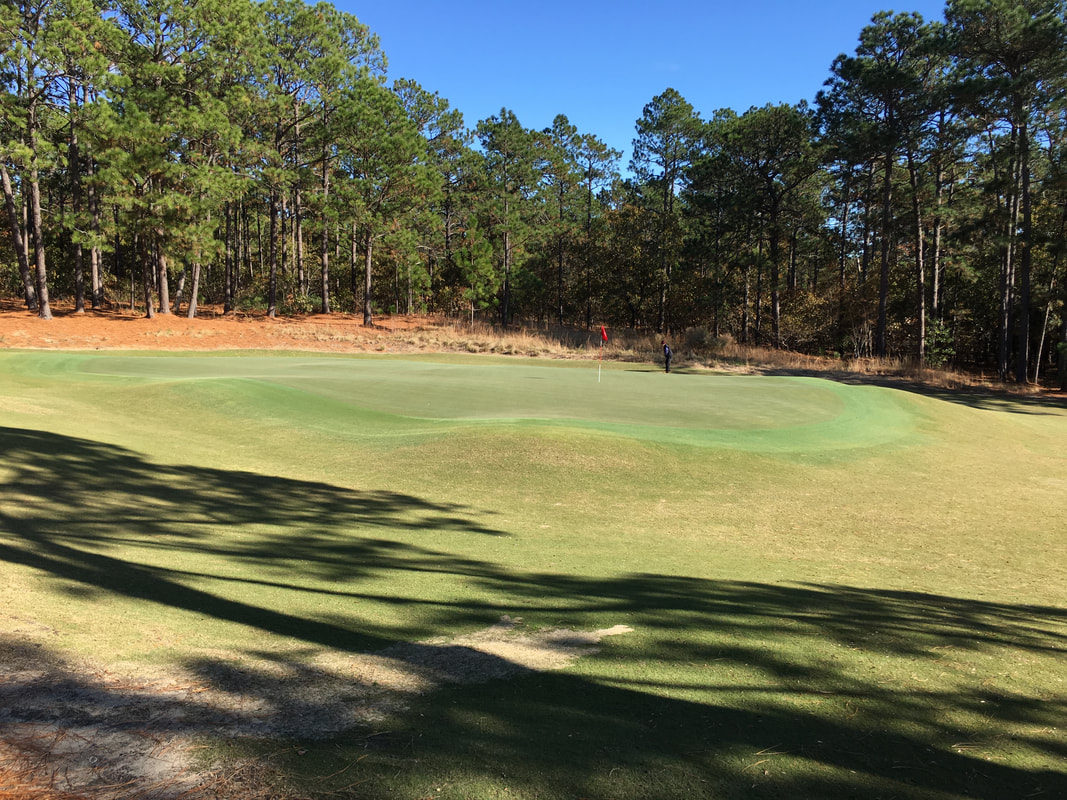
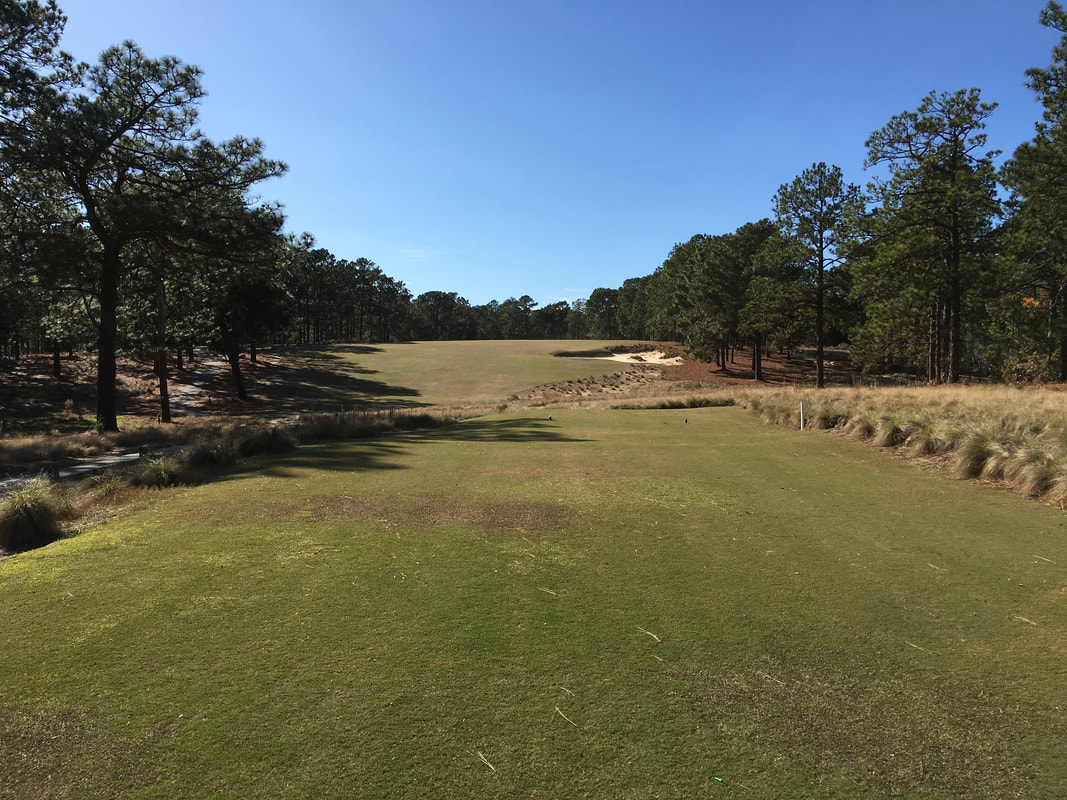
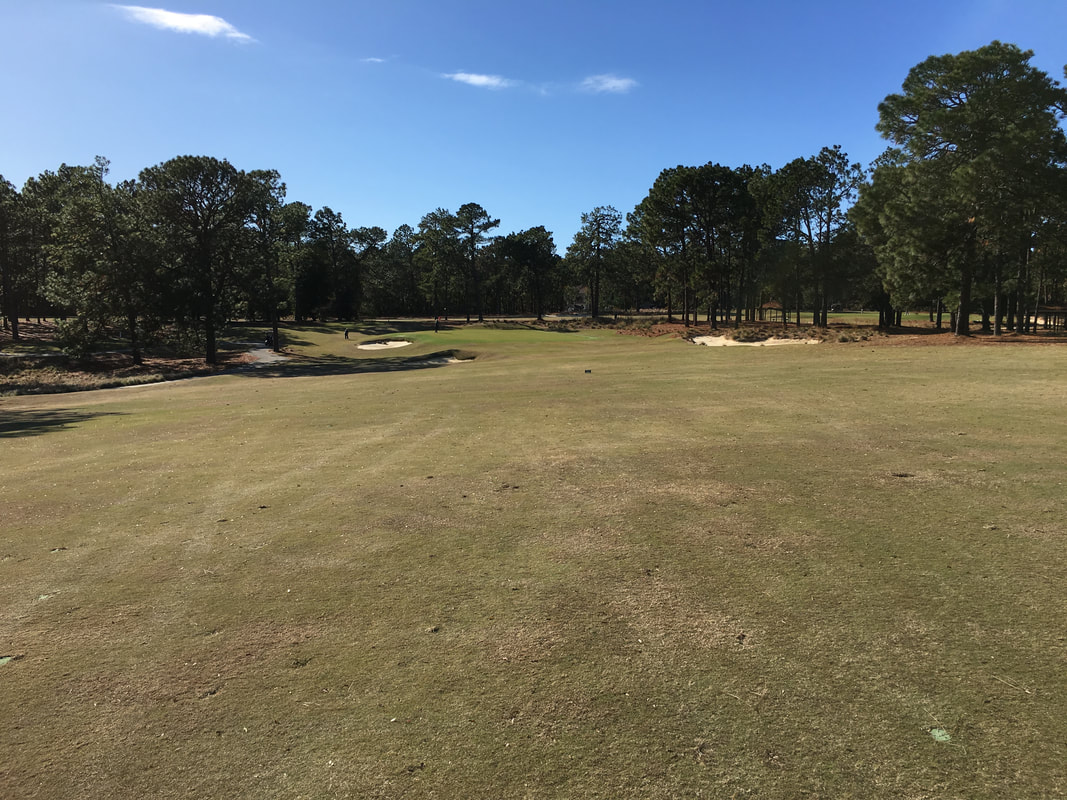
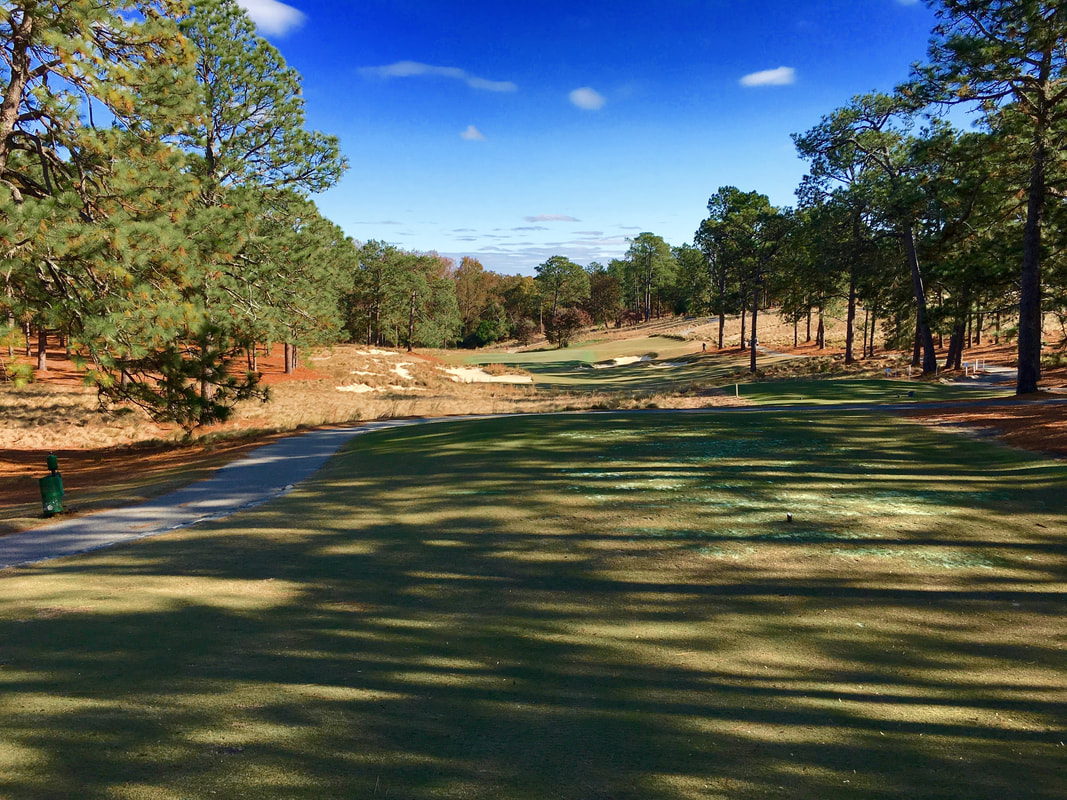
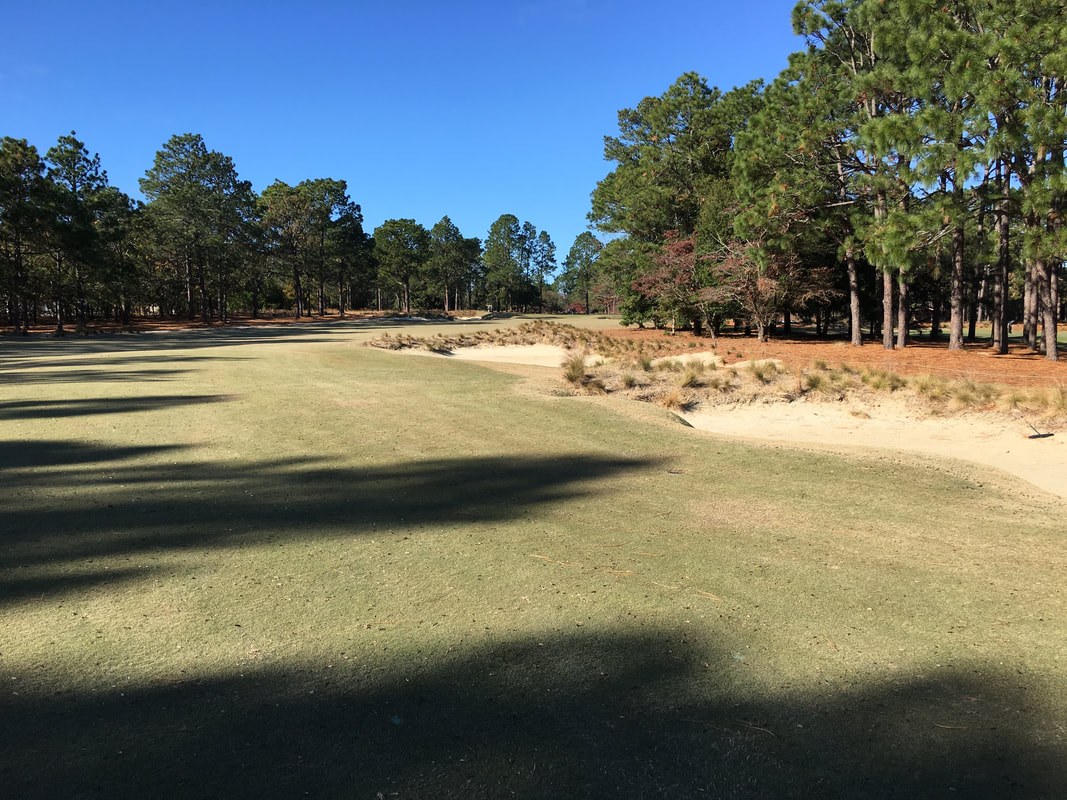
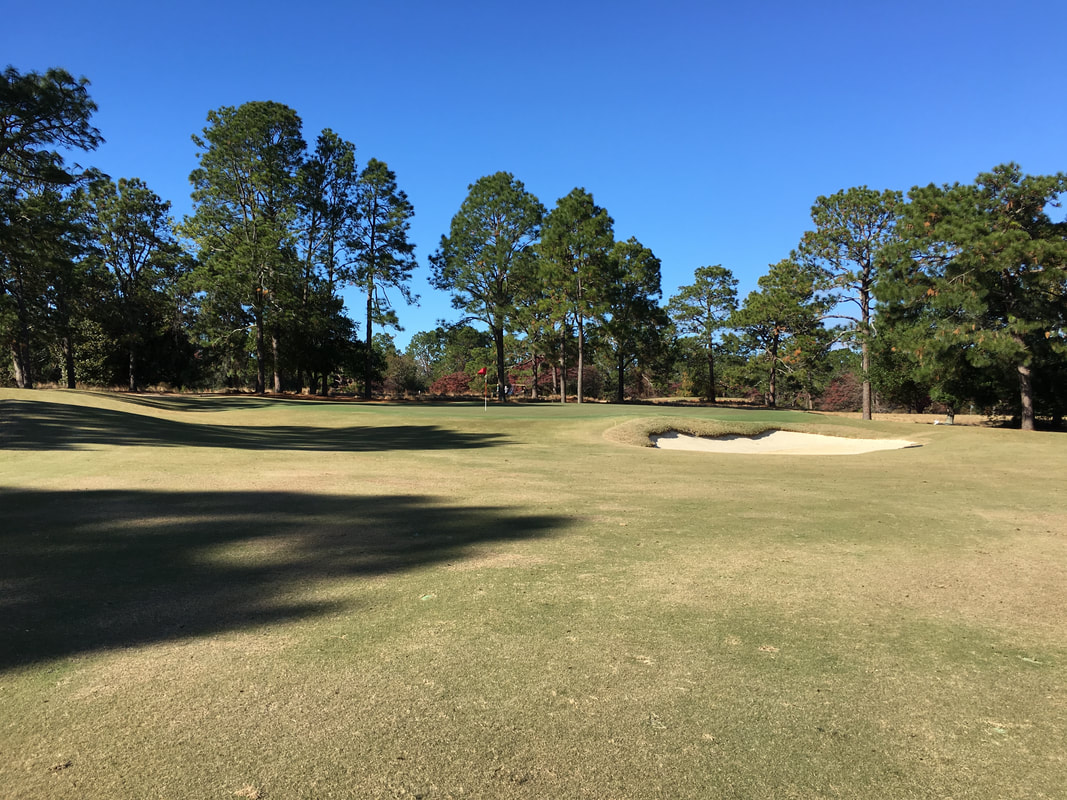
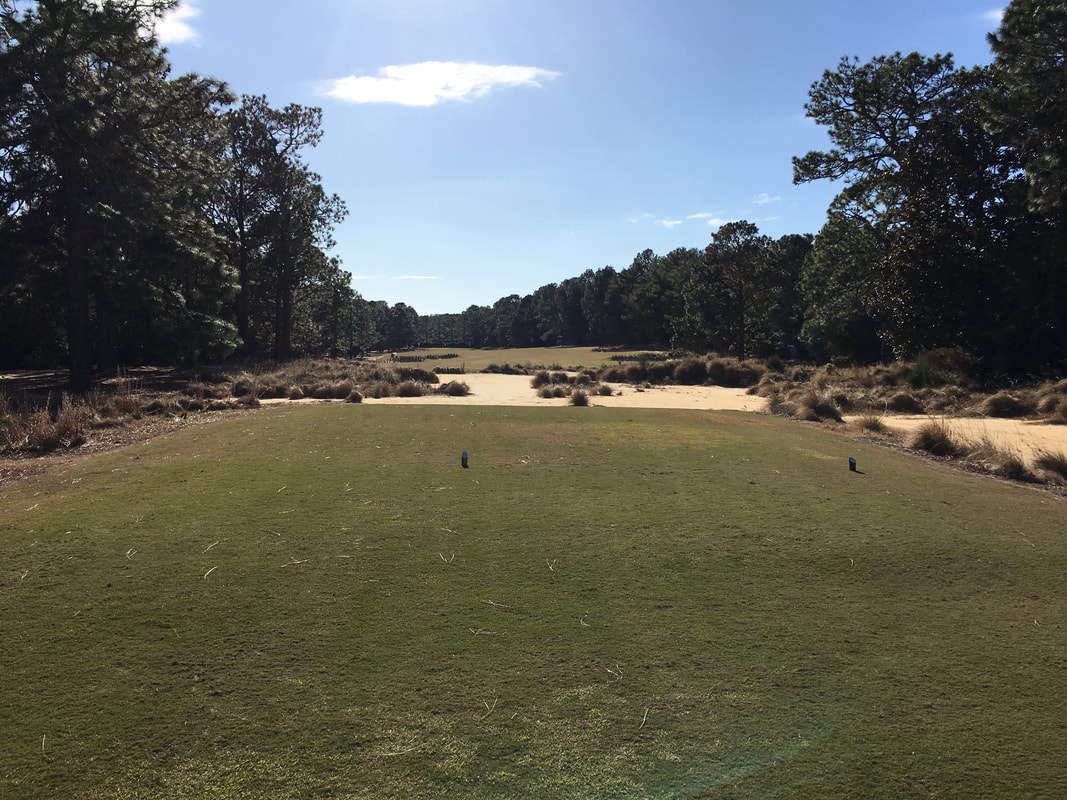
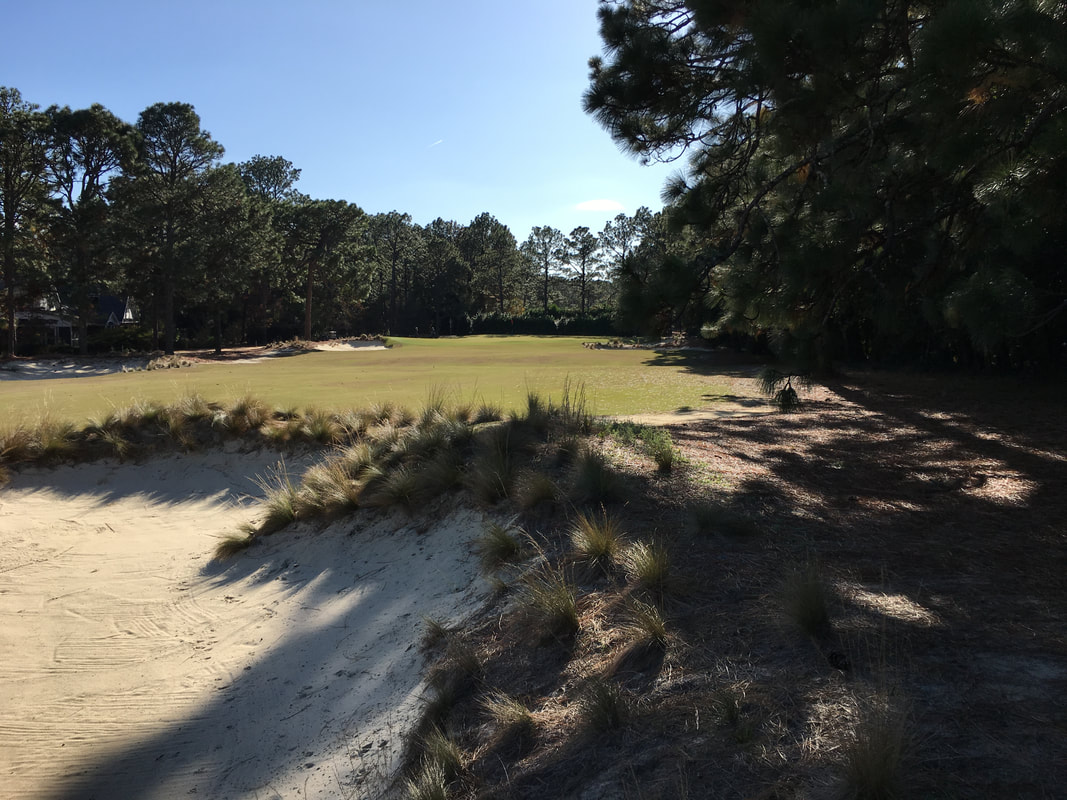
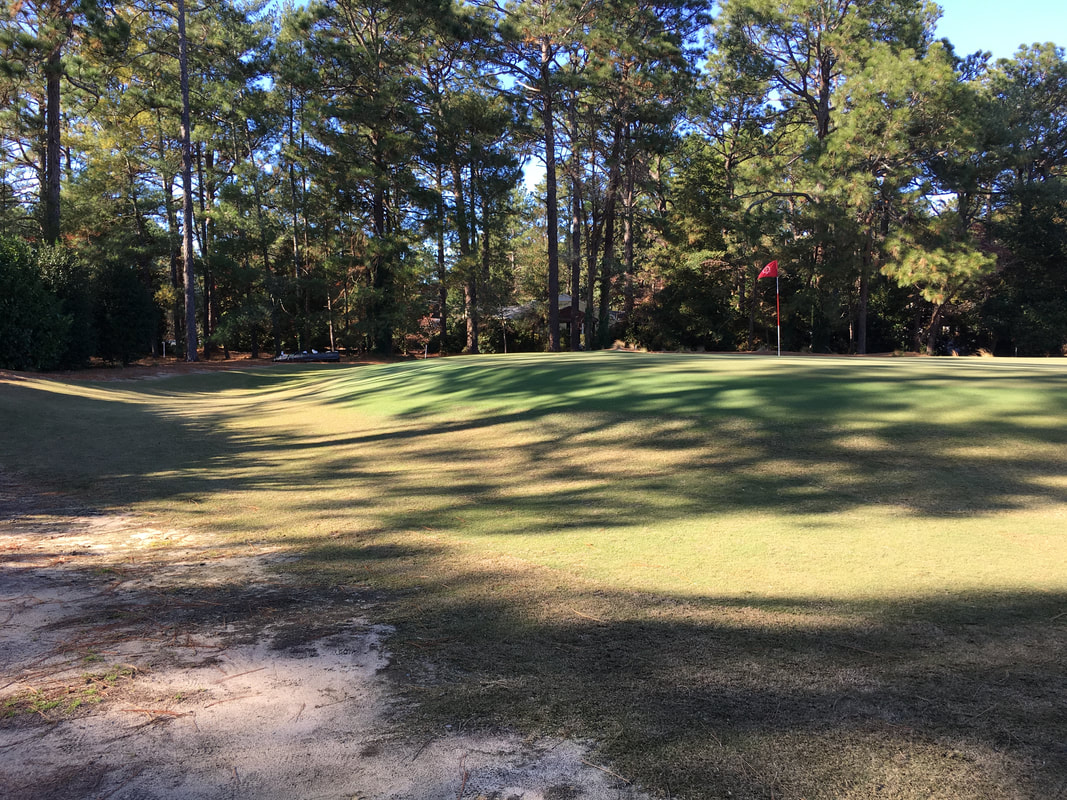
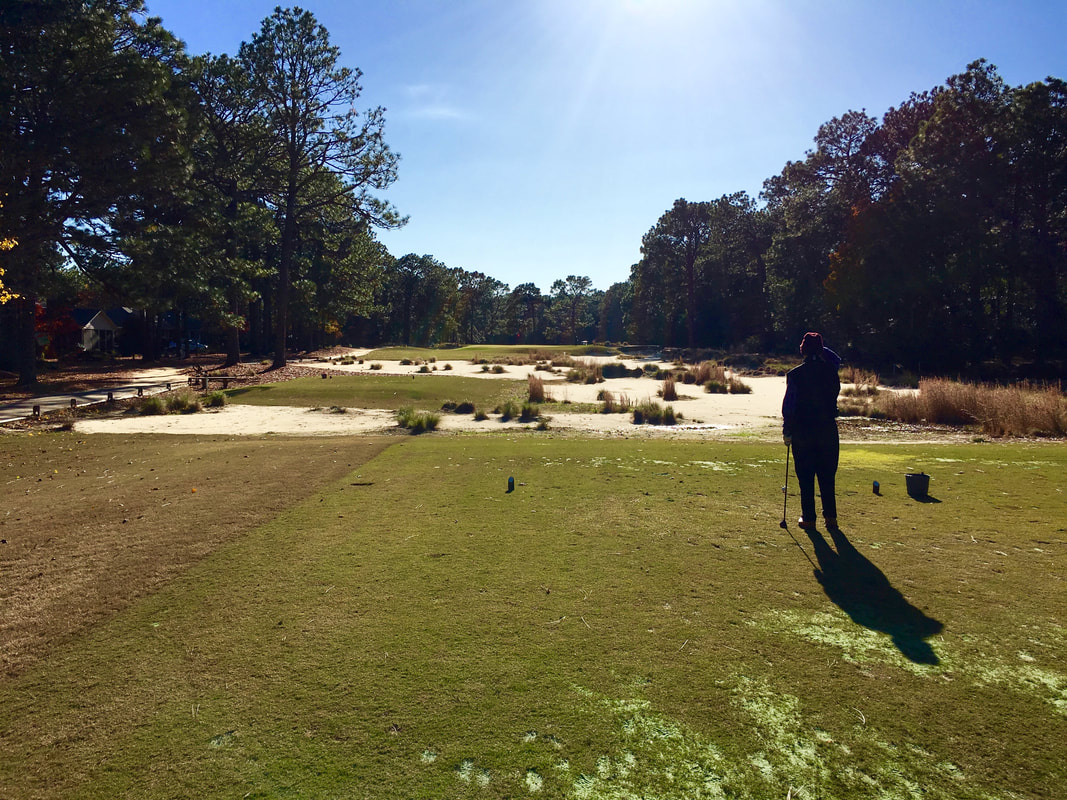
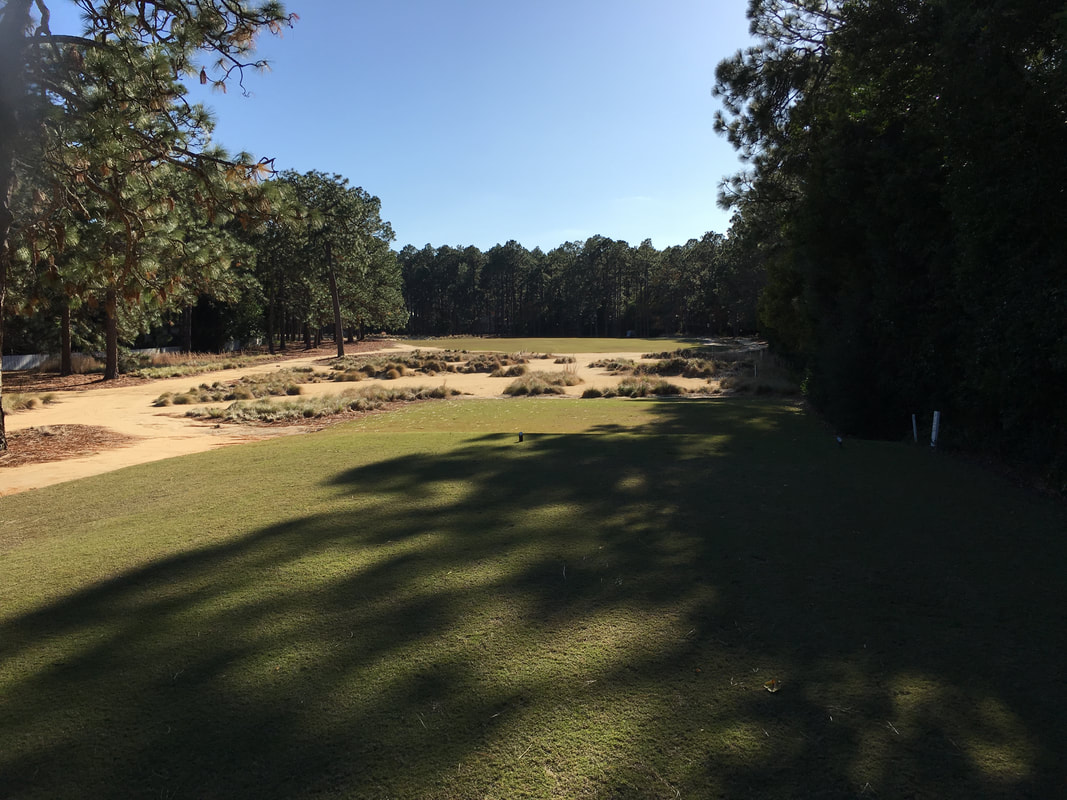
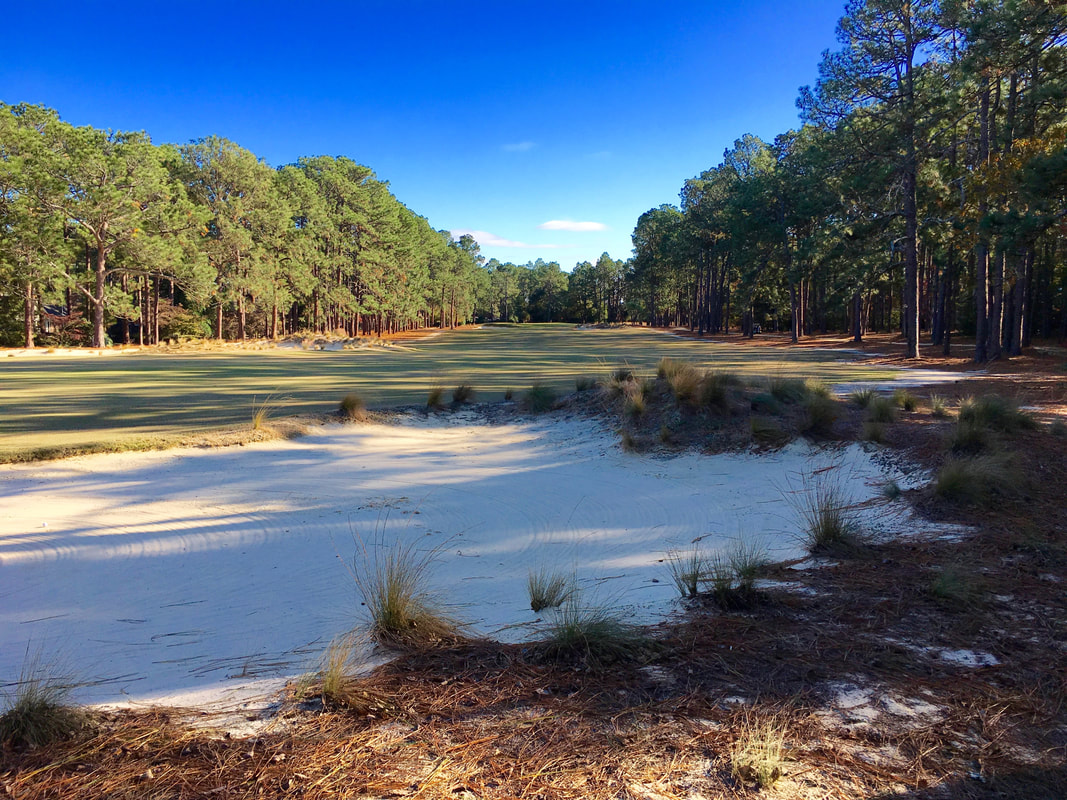
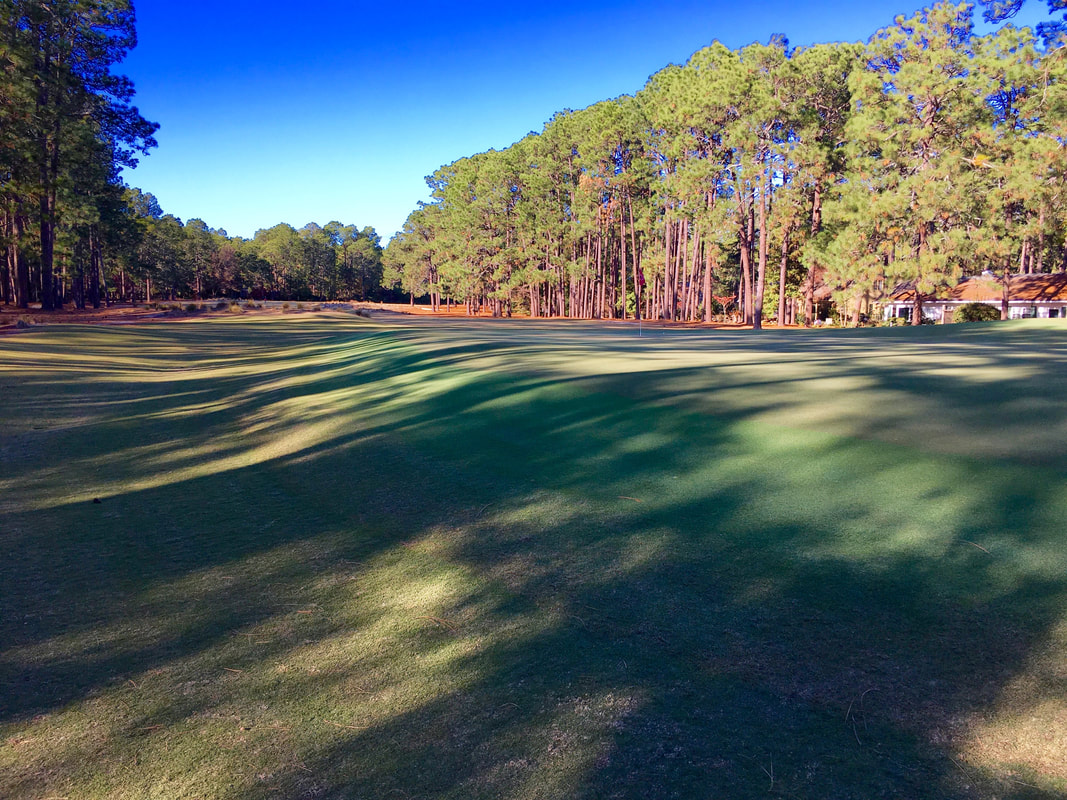
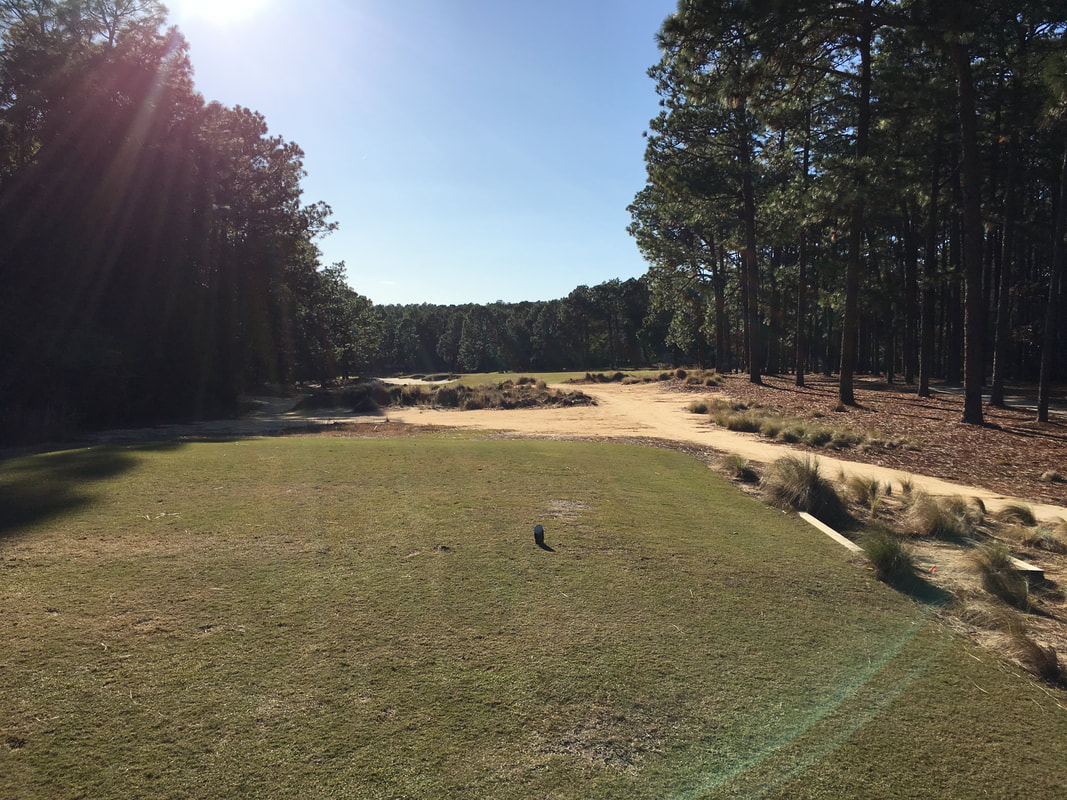
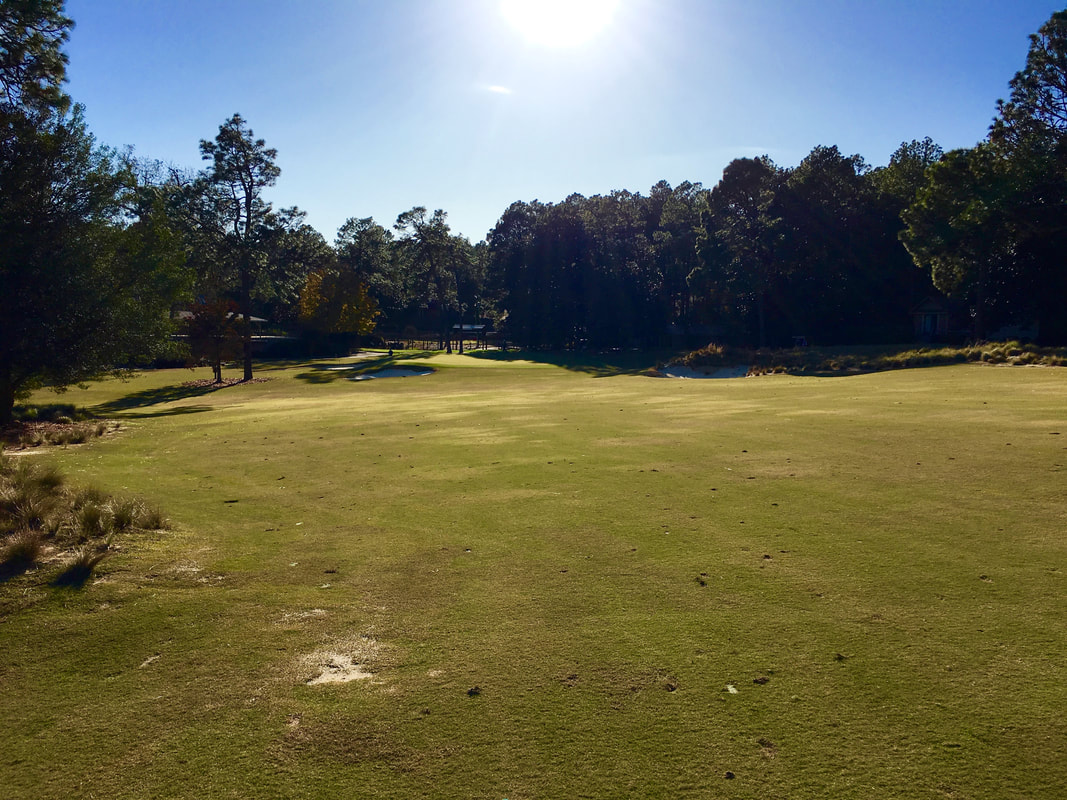
 RSS Feed
RSS Feed